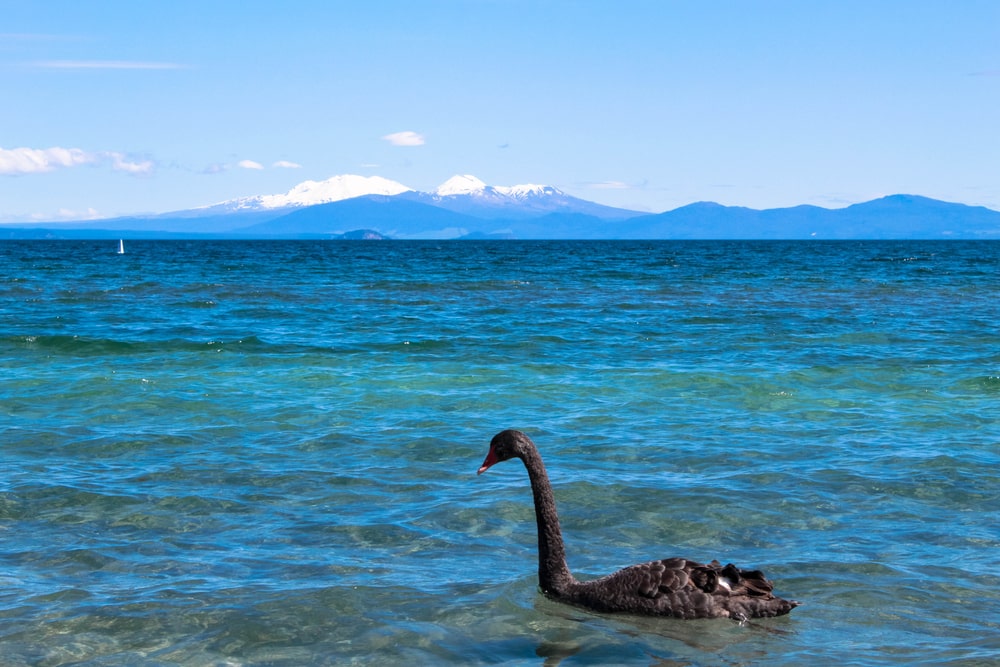The vast expanse of Lake Taupō’s sky-blue waters, crowned by hazy, mountainous horizons, invokes an extreme sense of tranquility. And yet, deep in the ground below, geological unrest is brewing, according to a new paper in the New Zealand Journal of Geology and Geophysics.
Lake Taupō is the largest freshwater lake in Australasia, located at the center of New Zealand’s north island. And while it appears peaceful today, the lake has a violent origin story.
The lake’s waters sit within a prehistoric caldera – a word based on the Spanish for ‘cauldron’ or ‘boiling pot’ – formed during Earth’s most recent supereruption, the Oruanui eruption, 25,400 years ago.
When magma is released from a supervolcano (defined as having released at least 1,000 cubic kilometers of material in any one eruption) in an event like the Oruanui eruption, the depleted magma vents cave in, Earth’s surface sinks, and the landscape is permanently changed into a caldera.
In the last 12,000 years, the Taupō volcano has been active 25 times. Its most recent eruption in 232 AD is described by authors of the new paper as “one of the Earth’s most explosive eruptions in historic times”. Since then, the volcano has had at least four documented “episodes of unrest”, causing destructive earthquakes and, in 1922, a massive ground subsidence.
It’s the supervolcano’s more modern periods of unrest that the researchers have studied, analyzing up to 42 years of data collected at 22 sites dotted around and across the lake. And there’s evidence that the supervolcano is still rumbling.










